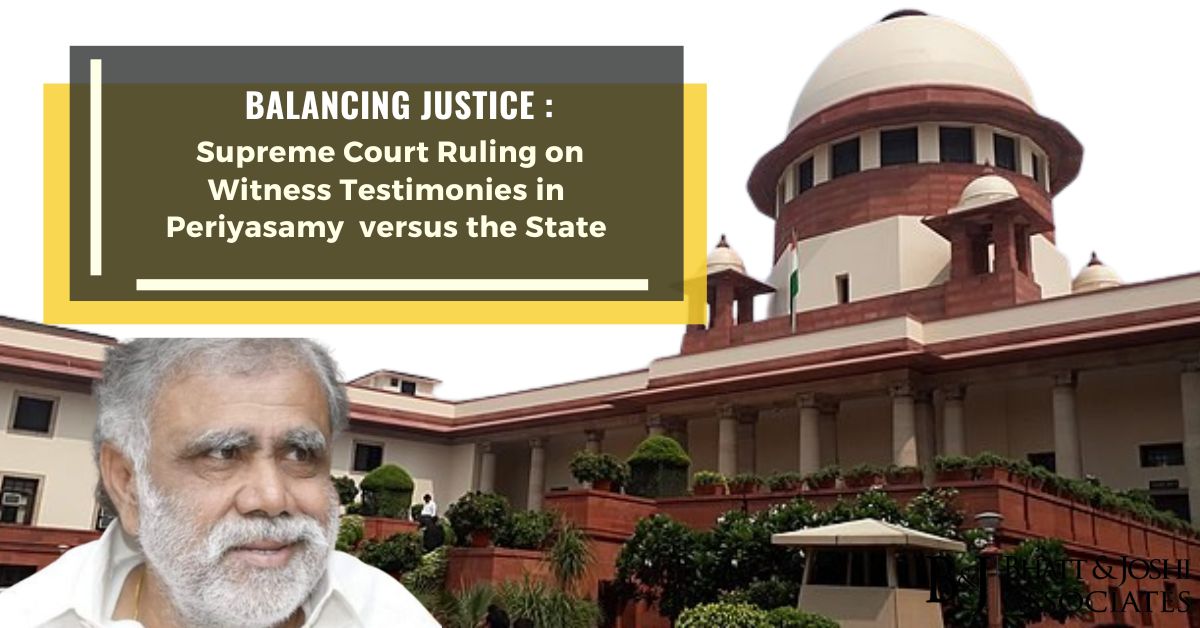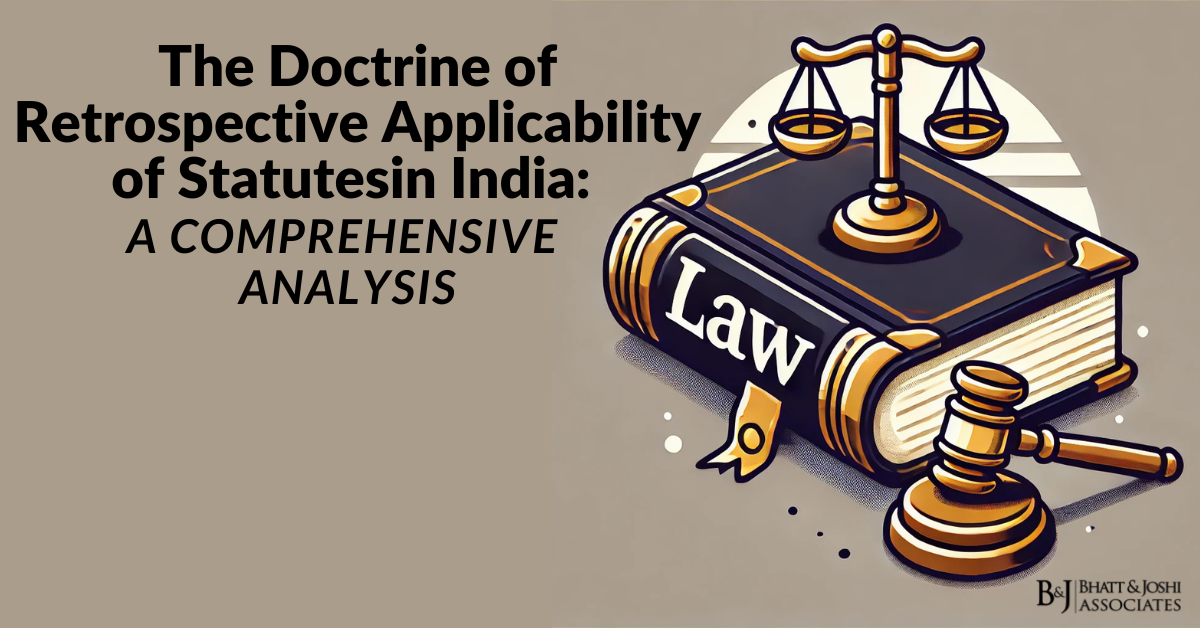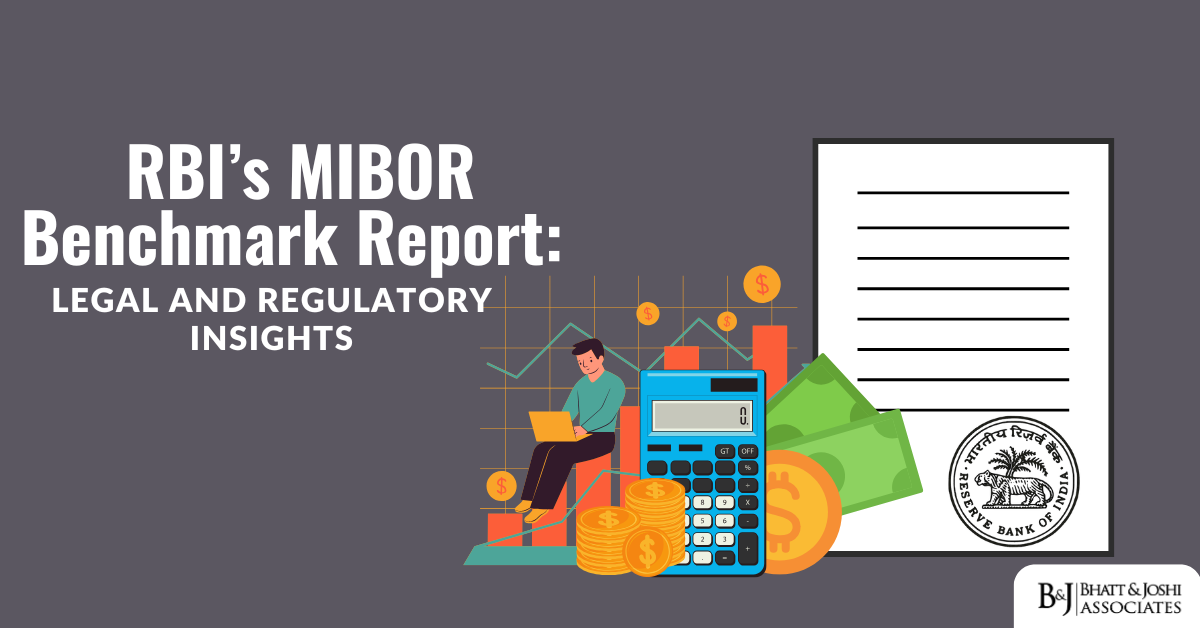Introduction
The judicial process is a cornerstone of democratic societies, aiming to uphold justice, fairness, and the rule of law. Central to this process is the examination of evidence and testimonies presented in court to ascertain the truth. However, the complexity arises when witnesses, particularly those who are injured and have a personal interest in the case, provide testimony that may be influenced by their subjective involvement. The recent ruling by the Supreme Court in Periyasamy versus the State sheds light on the delicate balance that courts must maintain when evaluating such testimonies and underscores the importance of rigorous scrutiny in criminal proceedings.
Understanding the Legal Landscape
Before delving into the specifics of the case, it is imperative to understand the legal principles that govern the evaluation of witness testimonies in criminal trials. The principle of ‘innocent until proven guilty’ forms the bedrock of criminal justice systems worldwide. This principle necessitates that the burden of proof lies squarely on the prosecution, which must establish the guilt of the accused ‘beyond a reasonable doubt.’ In this pursuit, witness testimonies play a pivotal role, serving as crucial pieces of evidence that aid in determining the guilt or innocence of the accused. Moreover, the credibility of witness testimonies varies depending on several factors, including the witness’s demeanor, consistency in statements, and potential biases. While all witnesses are expected to provide truthful accounts of events, certain witnesses, such as those who are injured or have a personal interest in the case’s outcome, may be perceived as having a higher stake in the proceedings. Therefore, courts must carefully weigh the testimonies of such witnesses against the backdrop of their potential biases to arrive at a just and impartial verdict.
Case Overview: Periyasamy versus the State
The case of Periyasamy versus the State revolves around the alleged murder of two individuals who visited the accused’s liquor shop. The prosecution built its case primarily on the testimonies of two injured witnesses who claimed to have been attacked by the accused during the incident. According to the prosecution, the accounts provided by these witnesses were sufficient to establish the guilt of the accused beyond a reasonable doubt. However, the defense countered these claims by arguing that the credibility of the injured witnesses was compromised due to their personal interest in the case. The defense contended that the witnesses, being related to the deceased individuals, may have ulterior motives beyond seeking justice. Therefore, they urged the court to exercise caution in relying solely on the testimonies of these witnesses.
The Supreme Court’s Deliberation
In adjudicating the case, the Supreme Court, comprising Justices Hrishikesh Roy and Sanjay Karol, undertook a meticulous examination of the evidence presented before it. The Court recognized the inherent complexity in evaluating witness testimonies, particularly those of injured witnesses who also have a personal interest in the case’s outcome. While acknowledging the general principle that injured witnesses are often considered more credible, the Court emphasized the need to strike a delicate balance between the testimonies of injured and interested witnesses. Justice Sanjay Karol, in authoring the judgment, reiterated the established legal precedent that testimony from an injured witness is accorded greater weight due to their firsthand experience of the events in question. However, Justice Karol also highlighted the need for courts to remain vigilant in scrutinizing the testimonies of such witnesses, especially when they have a personal interest in the case. This balancing act, according to the Court, is essential to ensure a fair and impartial adjudication of the matter at hand.
Navigating Legal Complexities: The Case of Periyasamy versus the State
The crux of the Supreme Court’s deliberation in Periyasamy versus the State centered around navigating the potential biases and interests of the witnesses involved in the case. The Court recognized that witnesses who are personally invested in the outcome of the proceedings may harbor motives beyond seeking justice. In such instances, their testimonies may be influenced by subjective factors, thereby warranting a cautious approach from the courts.
In the present case, the Court scrutinized the testimonies of the injured witnesses in light of their familial ties to the deceased individuals. The Court noted that these familial relationships could potentially impact the witnesses’ objectivity and credibility, as they may have personal stakes in the case’s outcome. Therefore, the Court emphasized the importance of subjecting such testimonies to rigorous scrutiny to discern the truth from potential biases.
Challenges to Witness Credibility
Upon scrutinizing the testimonies of the injured witnesses, the Supreme Court identified several inconsistencies and discrepancies that raised doubts about their credibility. The Court noted discrepancies in the witnesses’ statements regarding their relationship with the deceased individuals and their roles in the incident. These inconsistencies, according to the Court, cast doubt on the reliability of the witnesses’ accounts and underscored the need for caution in relying solely on their testimonies. Moreover, the Court highlighted the prosecution’s failure to produce independent witnesses corroborating the testimonies of the injured witnesses. The absence of independent witnesses raised questions about the reliability and veracity of the prosecution’s case, further undermining the credibility of the testimonies presented.
Critique of Prosecutorial Conduct
In addition to scrutinizing witness testimonies, the Supreme Court also critiqued the prosecution’s conduct and investigative procedures in the case. The Court noted several lapses and deficiencies in the prosecution’s case, including the absence of scientific investigations at the crime scene and the failure to produce independent witnesses. Furthermore, the Court criticized the investigative officer for the casual and callous manner in which the investigation was conducted. The Court noted several procedural lapses and shortcomings in the investigation, which raised doubts about the integrity and reliability of the evidence collected.
Implications for Criminal Justice Proceedings
The ruling in Periyasamy versus the State carries significant implications for criminal justice proceedings, particularly concerning the evaluation of witness testimonies and the conduct of investigations. The Supreme Court’s emphasis on balancing the testimonies of injured and interested witnesses underscores the need for courts to exercise caution and discernment in weighing conflicting evidence. Moreover, the ruling serves as a reminder of the importance of robust investigative procedures and the prosecution’s duty to present credible evidence in court. The Court’s critique of the prosecution’s conduct highlights the need for law enforcement agencies to adhere to best practices and procedural norms to ensure the integrity and fairness of criminal investigations.
Conclusion: Upholding Justice – Lessons from Periyasamy versus the State
The Supreme Court’s ruling in Periyasamy versus the State underscores the inherent complexities involved in evaluating witness testimonies and conducting criminal investigations. The case serves as a poignant reminder of the judiciary’s duty to uphold justice and fairness in adjudicating criminal matters. By striking a delicate balance between the testimonies of injured and interested witnesses and critiquing procedural lapses in the investigation, the Court reaffirmed its commitment to safeguarding the rule of law and ensuring a just and impartial legal process.














